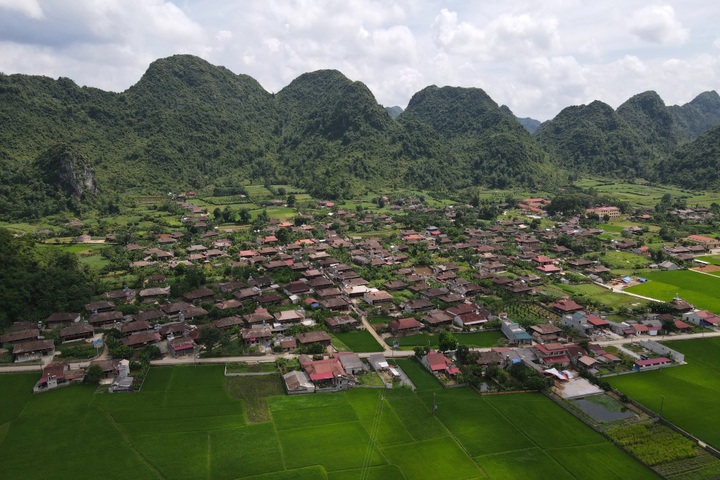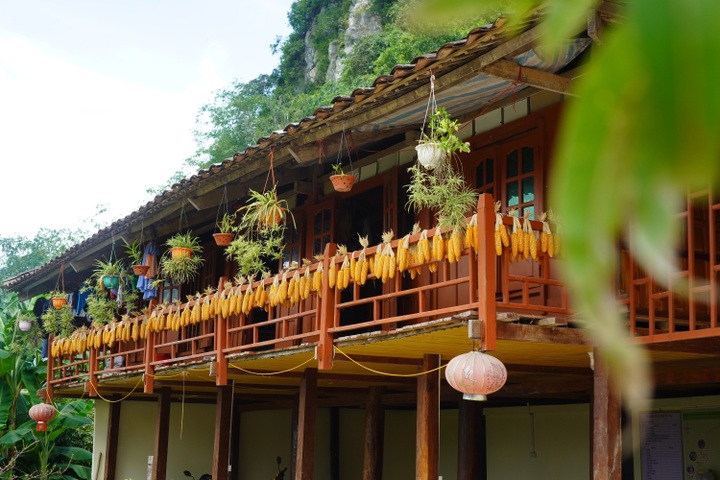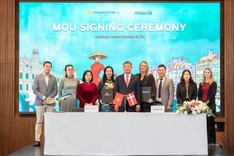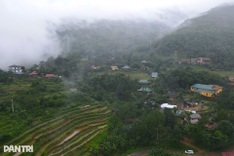The announcement was made by the United Nations World Tourism Organisation (UNWTO) on October 17 in Huzhou City, Zhejiang Province, China. Out of 52 villages honoured worldwide, Vietnam’s two representatives were recognised for showcasing the vitality of rural tourism and community-based development.

An overview of Quynh Son Village in Lang Son Province
Located in Bac Son District, Lang Son Province, Quynh Son Village is renowned for its picturesque landscapes of limestone mountains, green valleys, and clear streams.

The village preserves the rich cultural identity of the Tay ethnic group, reflected in its traditional stilt houses, the Long Tong (field ploughing) festival, and folk performances such as Then singing and Tan Dan dancing.

A stilt house in Quynh Son Village
Visitors to Quynh Son can enjoy not only the scenery but also immersive cultural experiences such as staying in stilt houses, joining daily farming activities, and tasting local delicacies like black chung cake, purple sticky rice, and handmade sausages.
Meanwhile, Lo Lo Chai Village, located in Lung Cu Commune, Tuyen Quang Province, captivates visitors with its rustic charm and tranquillity at Vietnam’s northernmost point.

A tourist in Lo Lo Chai Village
The earthen and stone-walled houses, carefully preserved through generations, embody the unique identity of the Lo Lo ethnic people.
The local community has also improved infrastructure, enhanced environmental hygiene, built waste collection systems, and developed eco-friendly homestays, all while maintaining the authenticity of their cultural heritage.

The earthen and stone-walled houses in Lo Lo Chai Village
By promoting community-based tourism, residents of Lo Lo Chai have improved their livelihoods and become cultural ambassadors, sharing the image of a friendly and hospitable Vietnam with international visitors.
Alongside Vietnam, villages from Japan, Slovenia, Portugal, Argentina, Mauritius, and Turkey were also included in this year’s list, highlighting the diversity and global influence of sustainable rural tourism.
According to UN Tourism, more than 270 entries from 65 member countries were submitted, with 52 villages selected based on nine key criteria, including cultural and natural resource preservation, environmental sustainability, local economic development, infrastructure, governance, and contributions to the United Nations’ Sustainable Development Goals (SDGs).




















